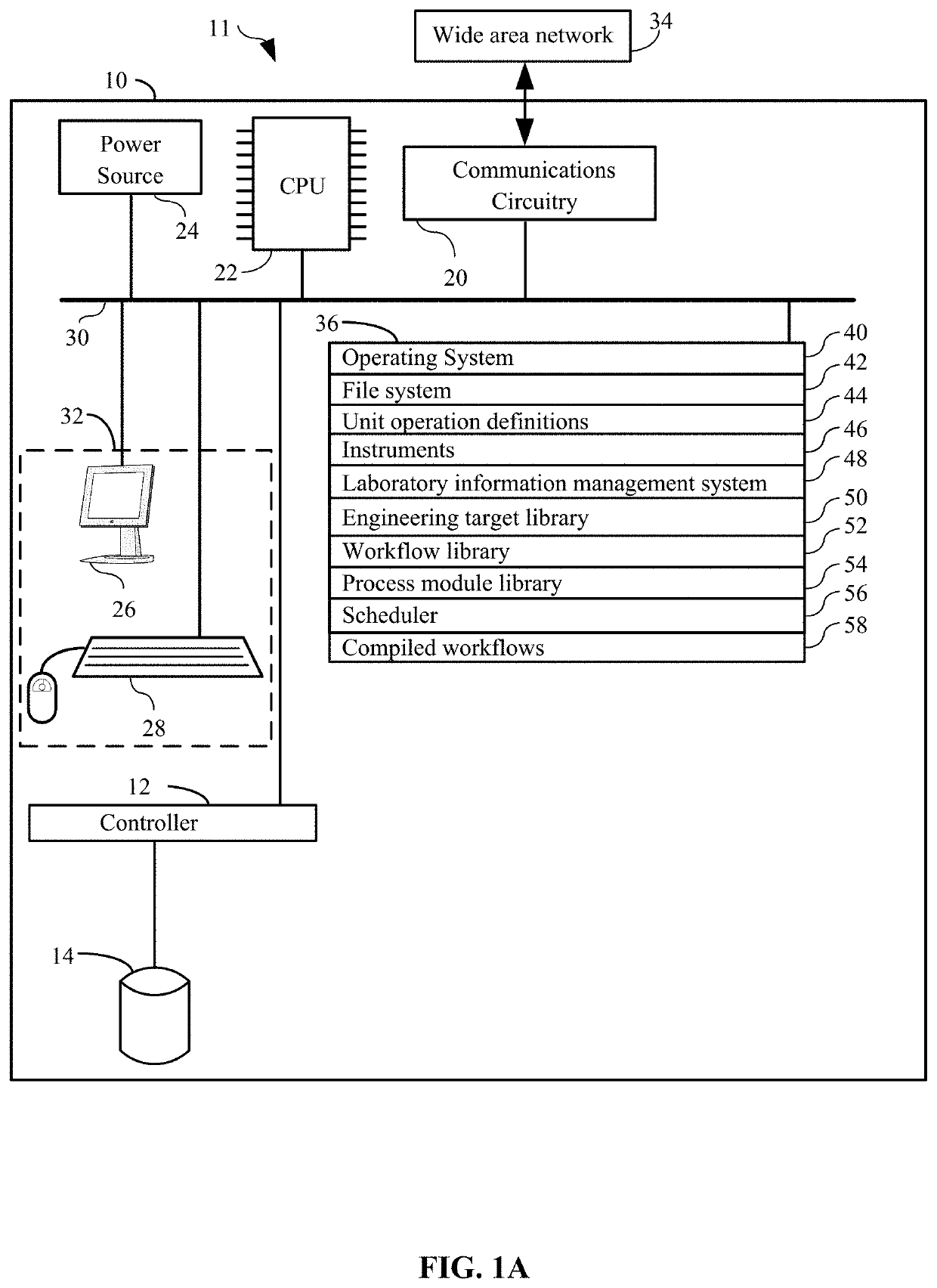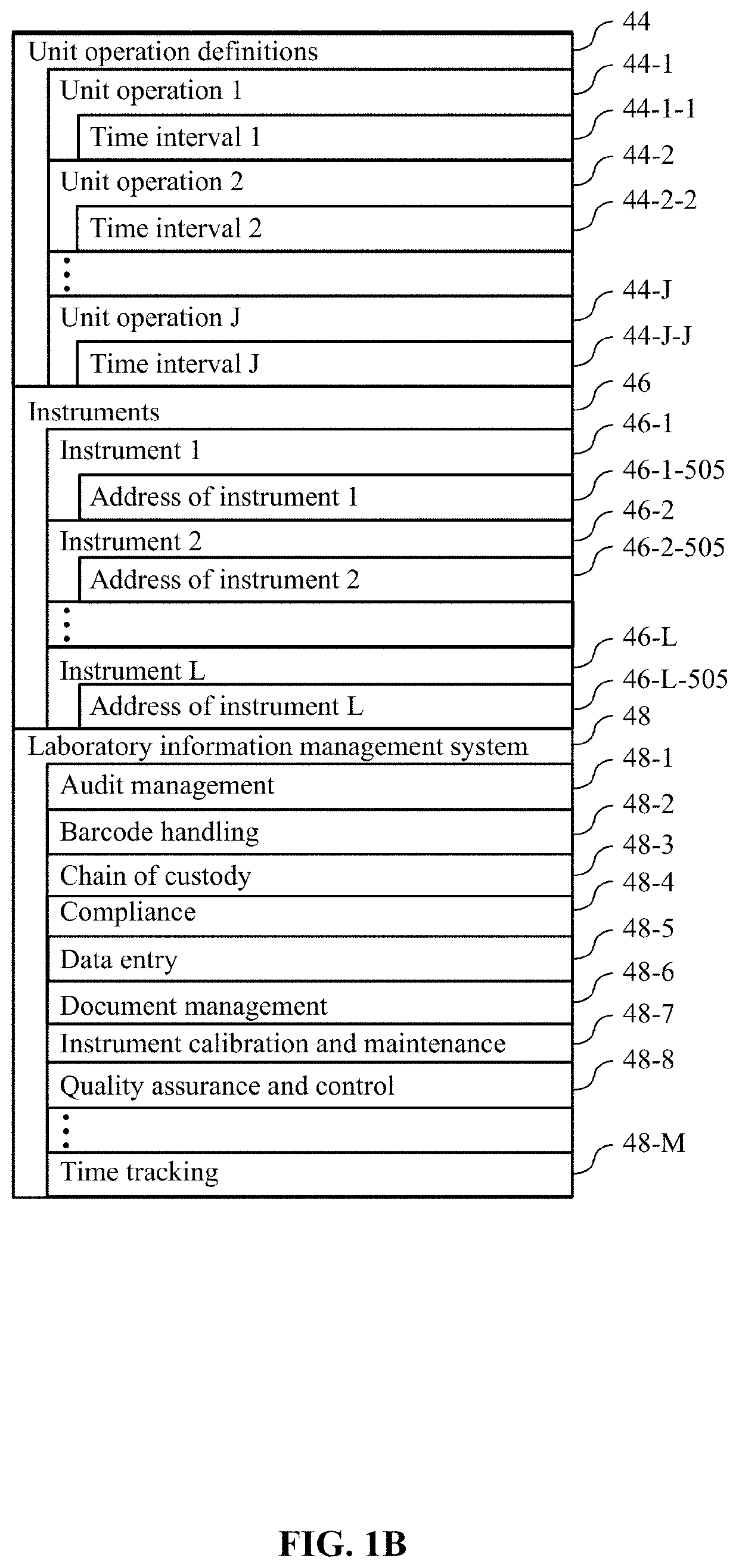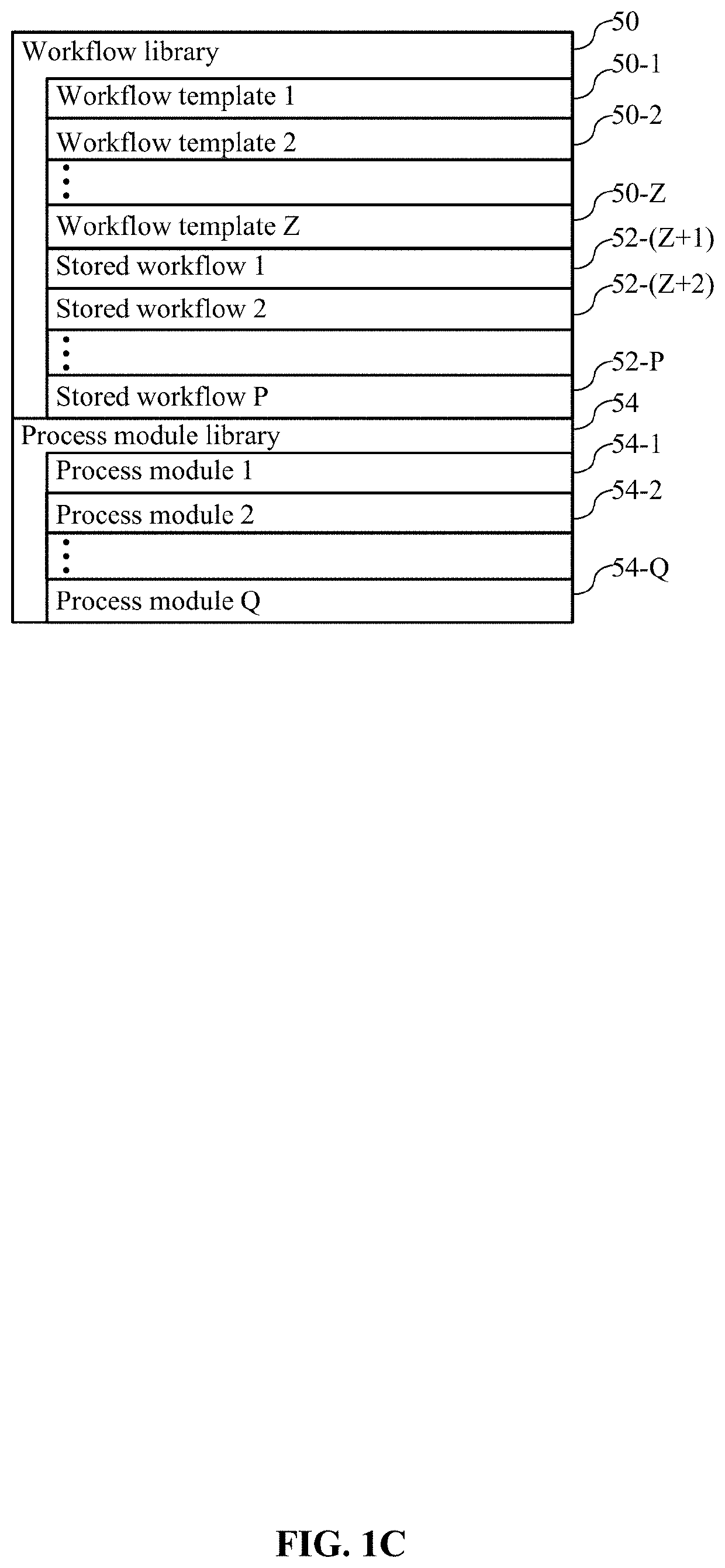Systems and methods for supporting multiple automated workflows
- Summary
- Abstract
- Description
- Claims
- Application Information
AI Technical Summary
Benefits of technology
Problems solved by technology
Method used
Image
Examples
example i
a Single-Transcript TALEN Synthesis Scheme
[0258]The TALEN architecture used in this work is based upon the AvrXa10 TALE from Xanthomonas oryzae pv. oryzae as previously reported (Liang et al., 2014, “FairyTALE: A high-throughput TAL effector synthesis platform,” ACS Synth Biol, 3 (2), p 67). In brief, it utilizes a +207 aa N-terminus extension and a +63 aa C-terminus extension, which negates the 5′-T requirement and allows greater flexibility in target sequence design (Sun et al., 212, “Optimized TAL effector nucleases (TALENs) for use in treatment of sickle cell disease,” Mol Biosyst, 8 (4), p 1255). Attached at the C-terminus is an engineered FokI cleavage domain that showed greater cleavage efficiency in yeast as well as human cells (Sun et al., 2014, “SunnyTALEN: a second-generation TALEN system for human genome editing,” Biotechnol Bioeng, 111 (4), p 683). The central repeat domains of the two TALENs are constructed from a library of di-repeat substrates, i.e., each substrate c...
example ii
sembly of TALENs
[0260]To fulfill the requirements of TALEN library creation, we optimized the reaction condition to maximize the assembly fidelity. For library creation applications, picking individual clones for verification would be an obvious throughput bottleneck, and we would therefore need to achieve high assembly fidelity to allow us to skip clonal isolation without drastically affecting the quality of the library. We picked 28 colonies from a single-transcript TALEN assembly “organic engineering targets”, and assessed them by restriction digest followed by gel electrophoreses. As shown in FIG. 4C, all 28 clones gave the correct digestion pattern. We then sequenced 4 of the clones and they all appeared to be correct. This (28 / 28) corresponds to a fidelity of at least 87.7% based on binomial probability with 95% confidence.
example iii
script TALEN Functionality in HEK293T and hESC Cells
[0261]To ensure that P2A cleaves the protein effectively, we performed a western blot analysis from the cell lysates of HEK293T that had been transfected with single-plasmid TALENs. As shown in FIG. 5A, only TALEN monomer was detected and no dimer could be observed, suggesting that the P2A sequence cleaved the protein effectively in HEK293T cells.
[0262]After confirming P2A functionality, we went on to compare the DNA cleavage efficiency of single-transcript TALENs against previously reported traditional two-plasmid TALENs. Two sites, ABL1 and BRCA2 “organic engineering targets”, were chosen for this comparison, and the experiments “compiled workflows” were performed in HEK293T cells. Cleavage efficiency was measured using the T7E1 nuclease assay, which detects indels introduced via NHEJ after TALEN induced double stranded breaks. As shown in FIG. 5B, the cleavage efficiency of the two single-transcript TALENs was comparable to that...
PUM
 Login to View More
Login to View More Abstract
Description
Claims
Application Information
 Login to View More
Login to View More - R&D Engineer
- R&D Manager
- IP Professional
- Industry Leading Data Capabilities
- Powerful AI technology
- Patent DNA Extraction
Browse by: Latest US Patents, China's latest patents, Technical Efficacy Thesaurus, Application Domain, Technology Topic, Popular Technical Reports.
© 2024 PatSnap. All rights reserved.Legal|Privacy policy|Modern Slavery Act Transparency Statement|Sitemap|About US| Contact US: help@patsnap.com










